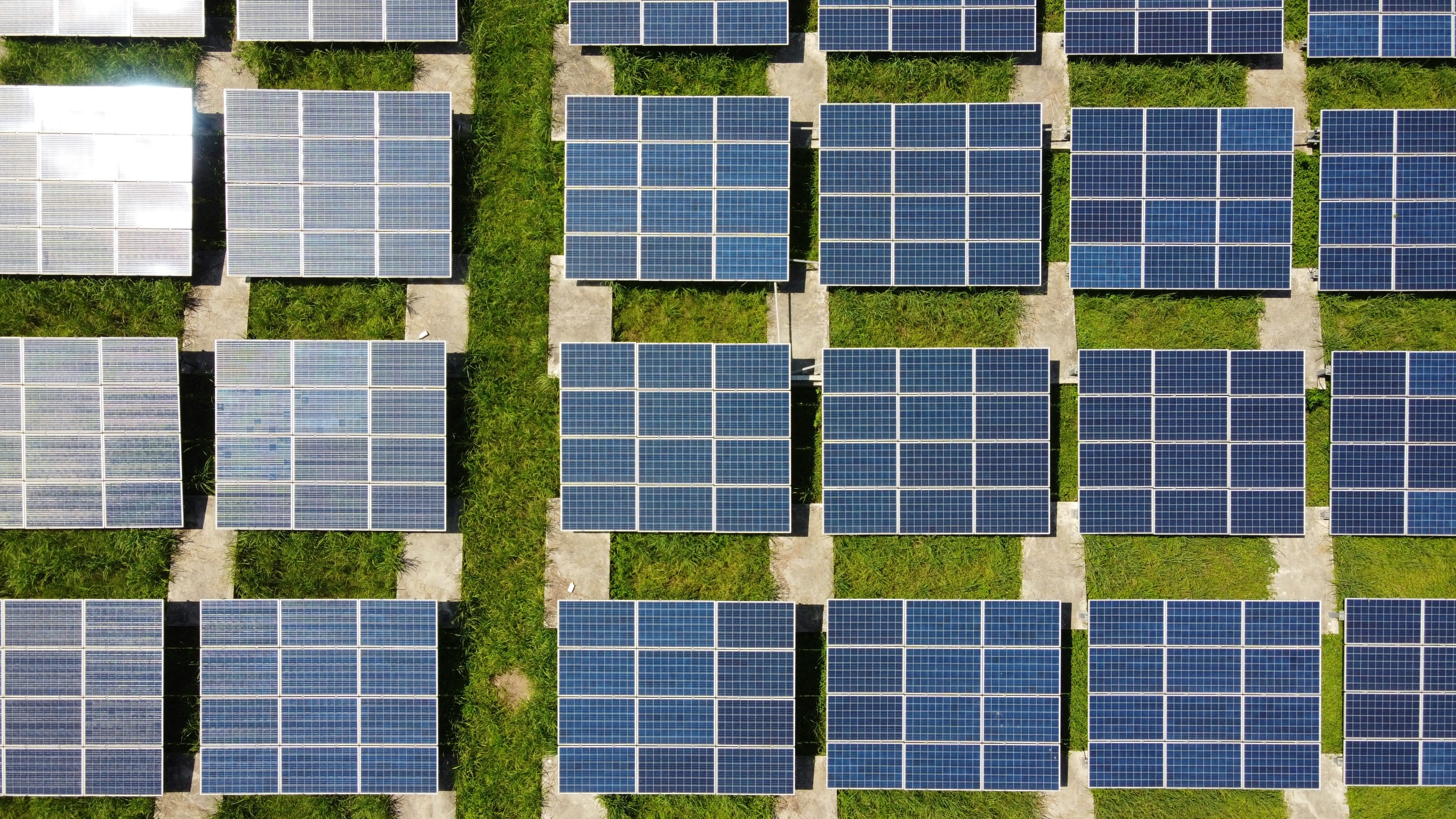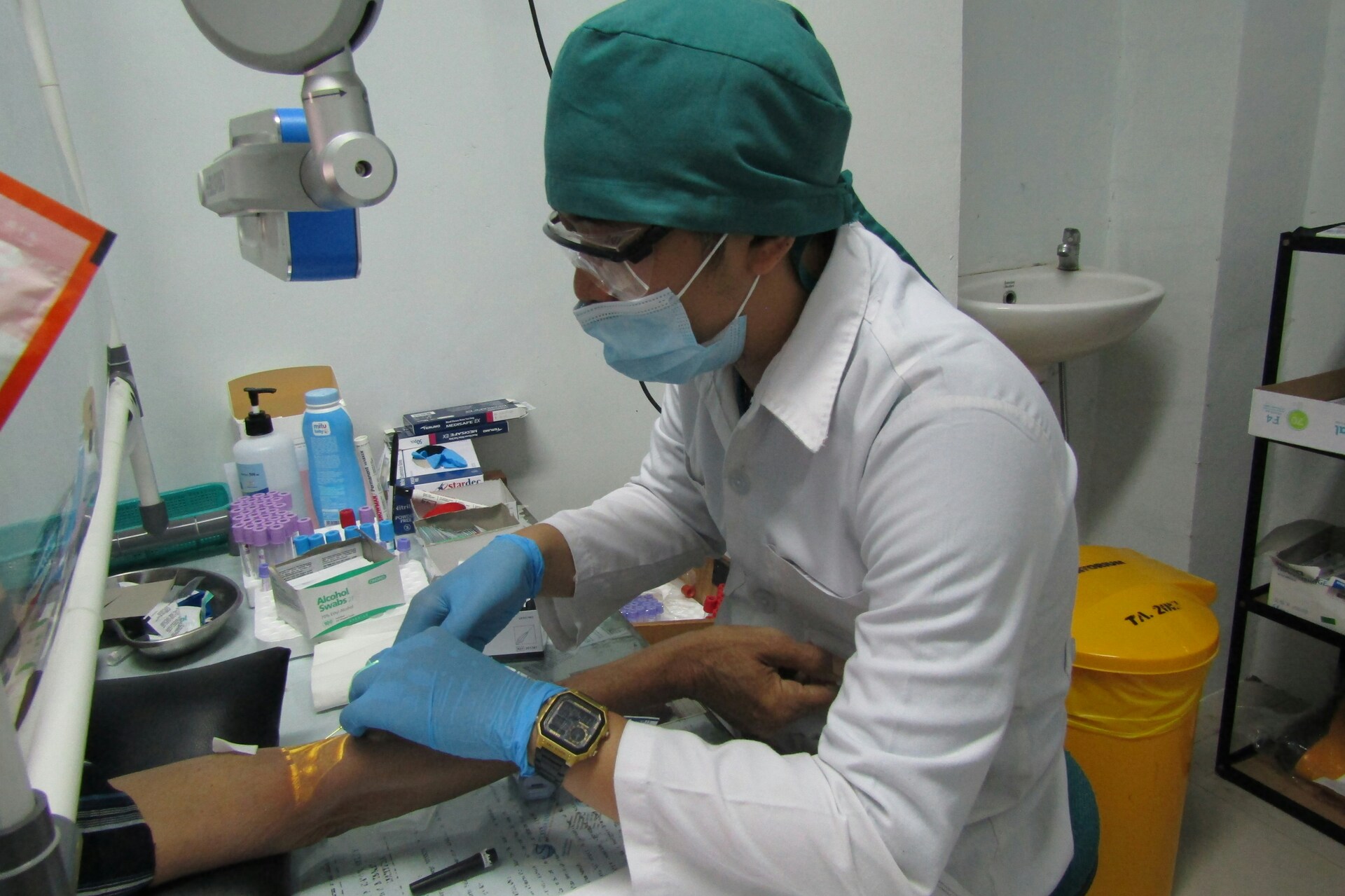This paper attempts to estimate the economy-wide impact of technological change, particularly robotization and digitalization, on various aspects of the Indonesian economy. A simulation using a recursive-dynamic multiregional computable general equilibrium (CGE) model of the Indonesian economy called IndoTERM is introduced through sector-specific labor productivity shocks representing the effect of the new technological changes to the model, from 2020 onward. The results show that Indonesia’s gross domestic product (GDP) will be 11% higher in 2040 as a result of productivity growth. This will increase long-term annual growth from 5.2% without technological change to 5.7% per year. The distribution of the growth is, however, not regionally balanced. Java will be the main beneficiary of the growth, while other islands will not benefit as much. The top gainers, in terms of output expansion, would be machinery and motor vehicles, along with finance to a lesser extent. Low gainers include the extractive and agricultural sectors and food processing industries. Employment impact varies by sector, but Industry 4.0—the term given to the fourth phase of the industrial revolution, characterized by digitization, robotization, and artificial intelligence (AI)—will help alter the structural transformation away from agriculture and toward certain manufacturing or service sectors. Factors such as the relative size of productivity shocks, production technology (elasticity of substitution and factor intensity), income elasticity of demand and international tradability each play a role in how new technology will eventually affect the nature of the expansion of production in each sector. The relative impact on income of different production factors does not indicate an unfavorable distributional effect. However, agricultural workers will lose out compared to workers in other sectors, particularly those with intermediate skill levels.












